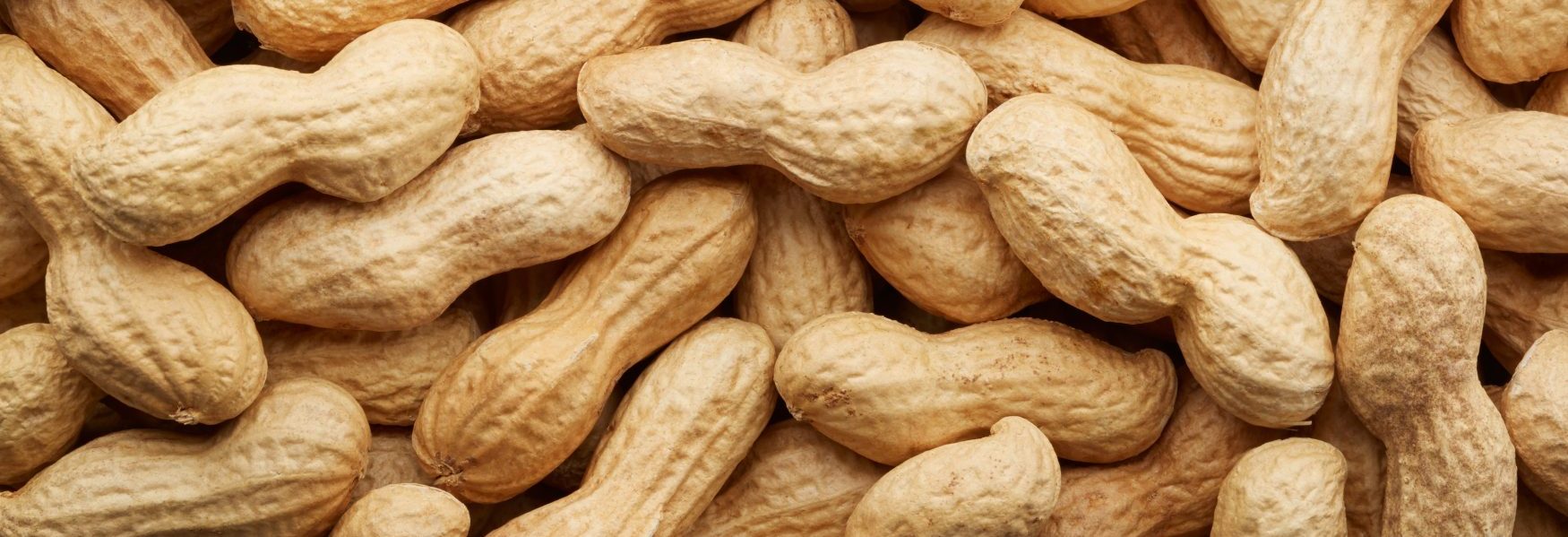
USA CROP
The USA 2017 crop is finally at 3.5 million fst. As of December 20, 3’501’377 fst were inspected with only 28’979 fst of seg 2/3. A great crop as far as quality is concerned. The crop will end up being slightly bigger than 3.5 but short vs. the USA forecast of 3.8. The reason for the lower crop I believe is the impact that hurricane Irma had on yields. It is not quite clear what happened, but there seem to be a big difference in yields between the fields that were ready to be harvested and those that needed time to develop. Luckily quality was not impacted. The quality is a blessing for the manufacturers and shellers after dealing with the 2016 crop. But it could also be a good thing when looking at how the industry will deal with the carryover and surplus. The same questions remain as to what will happen to the carryover of roughly 1.5 million fst. And for some shellers and farmers storage could be an issue come 2018 crop harvest.
USA MARKET
The Chinese buyers have been quiet the past couple of weeks. Although I believe that at the right price they would buy farmerstock for both low and high oleic. Unfortunately there is a price gap that doesn’t seem to be bridgeable until either a help from the US government on the repayment rate or forfeitures or unless somebody is long. There is no doubt that some business is taking place but not for quantities that would help lower the carryover substantially.
The 2017 crop market has been extremely quiet. Buyers seem to have the necessary coverage to play the market, hoping that the huge 2017 crop and its carryover will enable the prices to go further down. On the other hand most shellers don’t seem to be very long, thus they do not need to lower prices. A bit of a stand still. The supply is certainly there. Timing is key though. Next year will bring many things that need to be looked at carefully: Argentine new crop, Chinese new crop, Indian new crop, USA new crop, cotton prices (have gone up and are now at 72.80 for Dec 18), the new Farm bill, repayment rate and forfeitures.
In general terms, the market has been slow in the last few months. We are convinced that the important harvest of the USA, finally calculated at 3.15 million tons inshell, has been a key reason for this situation. According to different sources, quality of the present crop is remarkably good, leaving behind the problems that the Americans faced with the Crop 2016. The slow evolution of the market has produced a general downtrend in the prices of the major producing origins. We believe that the bottom of the market may be close to the present levels, in case we haven’t seen it already.
ARGENTINA
Our origin has suffered from two campaigns in a row with serious problems at the time of harvesting, generated by adverse weather conditions. The Crop 2017 was the longest on the records and this situation definitely led to quality problems, mainly physical, since aflatoxins remained absent despite adverse conditions. Thanks to the technology installed in the production plants and mainly because most of the Argentine peanuts are exported as blanched, Argentine exporters have been able to ship products within the high standards that are demanded from them. Although we have six months to go before the new crop is available, we believe that the origin is well sold, with no large volumes available for sale.
CHINA
There is not much news from this origin, although it is known that farmers have had problems by the end of the harvest, which generated quality problems. We believe that China today has a more influential role on the demand side, rather than on the offer side. If Chinese buyers massively purchase peanuts from traditional origins such as the USA and Argentina, the effects are felt with great intensity. Nowadays, China is mainly purchasing from African countries such as Sudan, and operations with US and Argentine exporters are very specific and limited.
INDIA
This year, India expected a larger crop than last year. For edible purposes, the main markets India serves are Russia, Ukraine and Algeria, whereas Europe is the main destination for birdfood. In those markets, an important competition has been Brazil, which displaced Argentina due to a very aggressive pricing policy. For crushing purposes, they compete with African countries to supply China.

